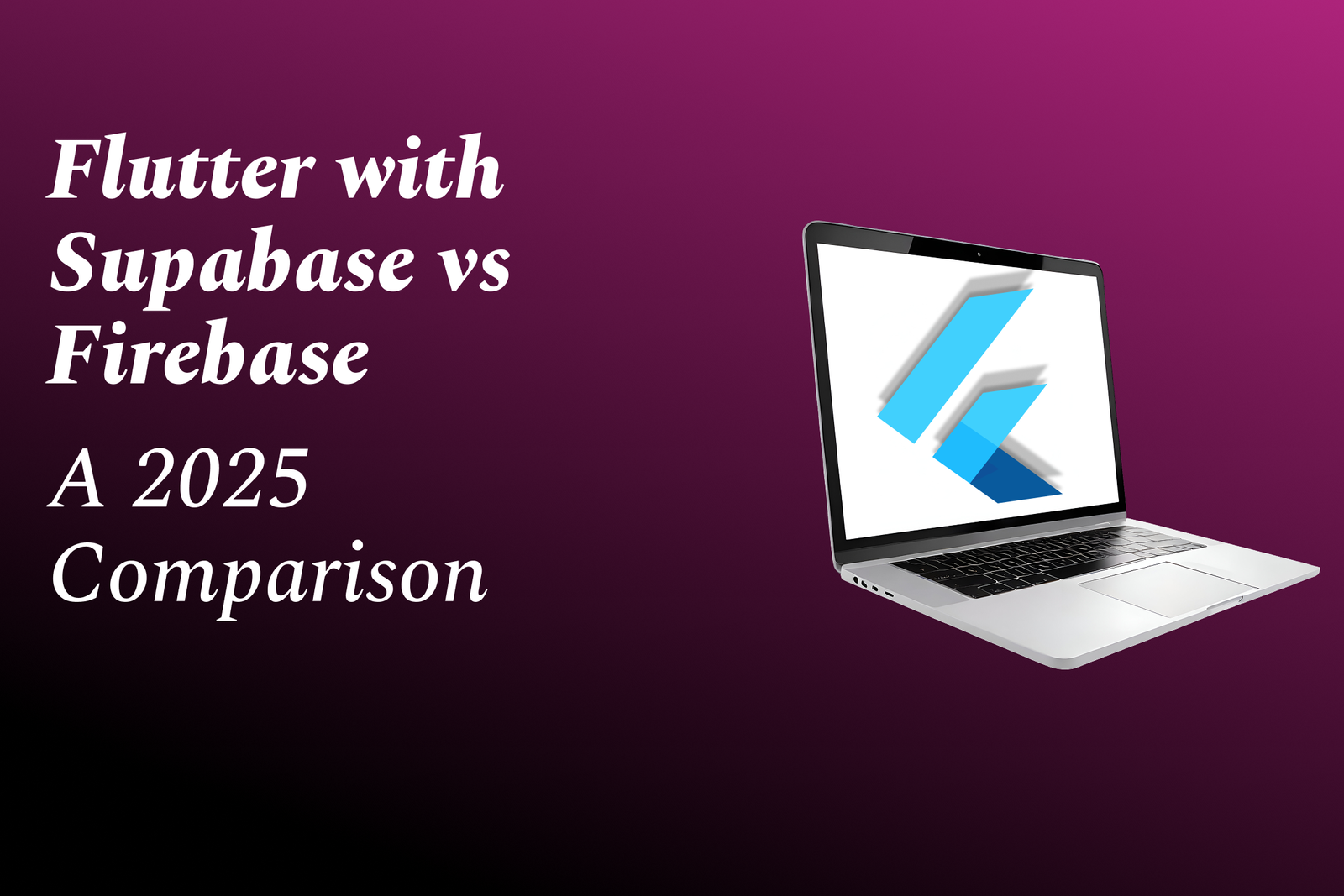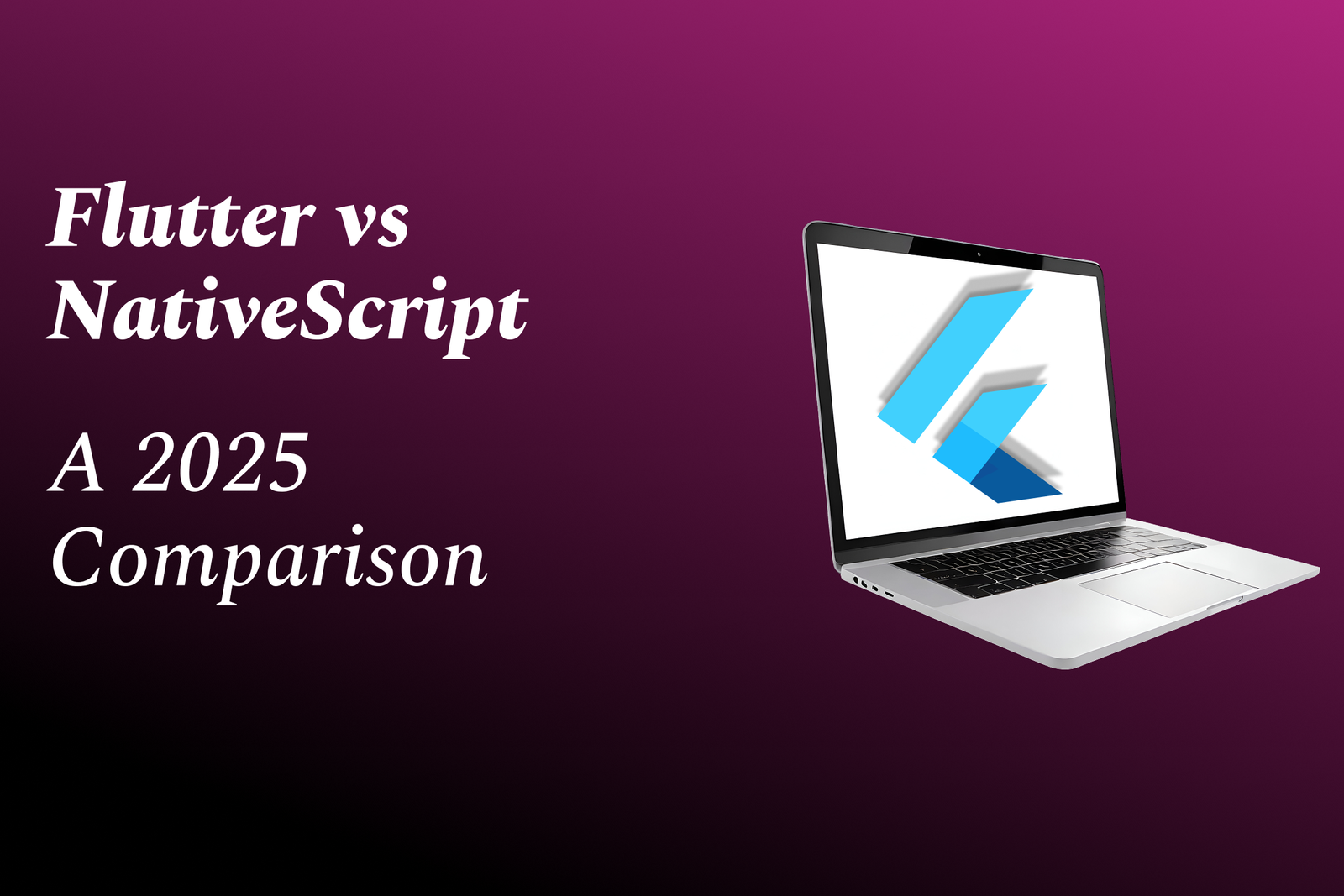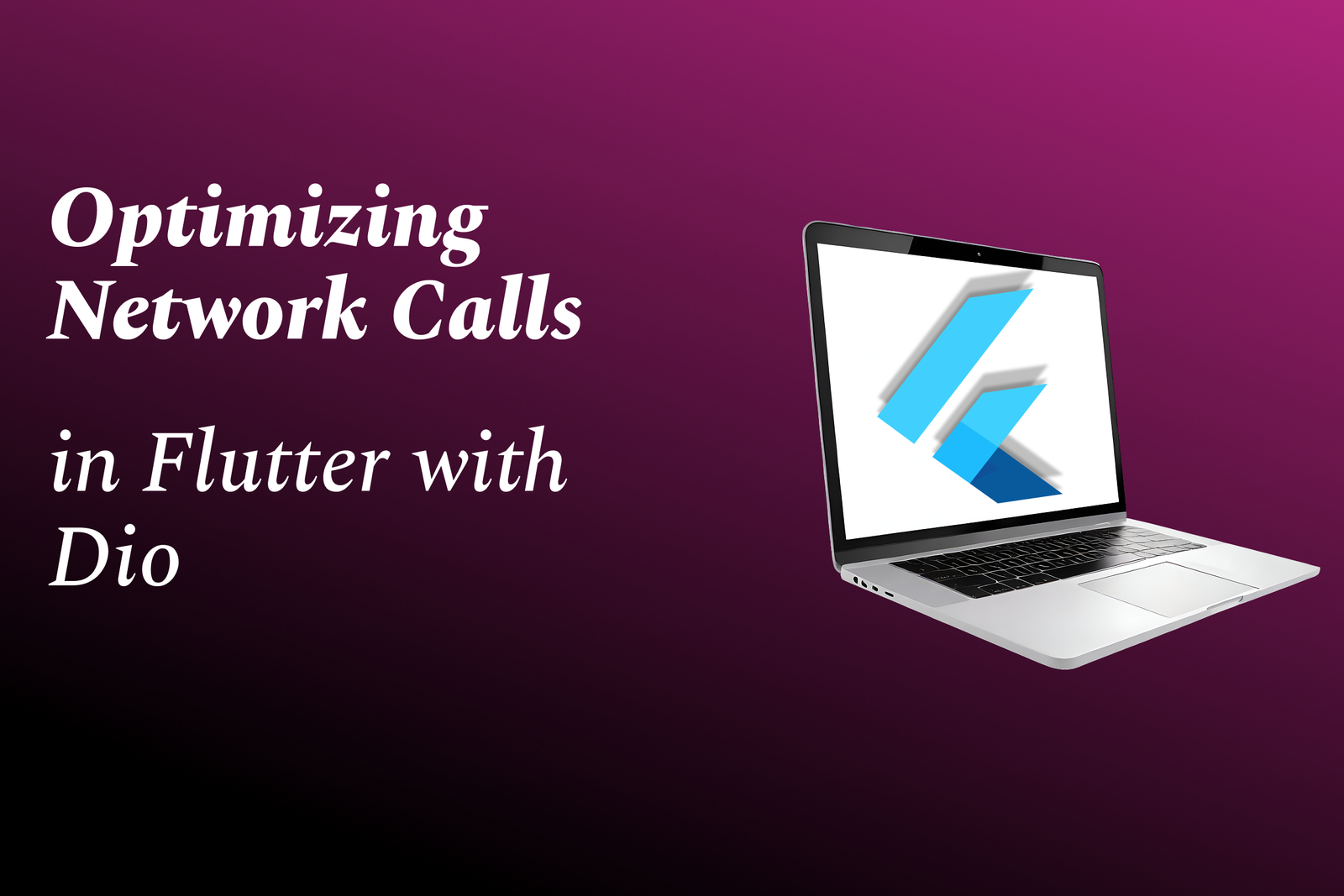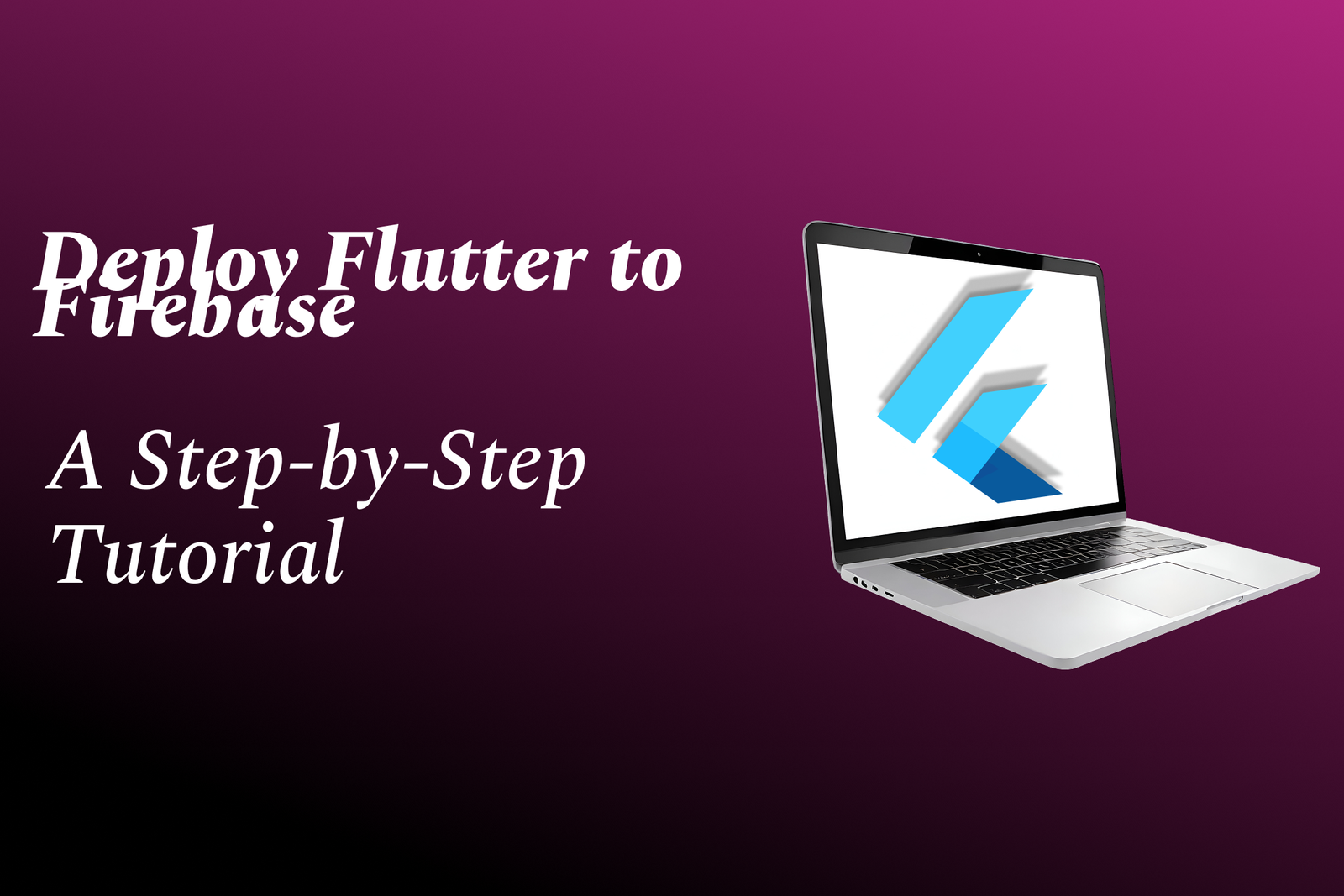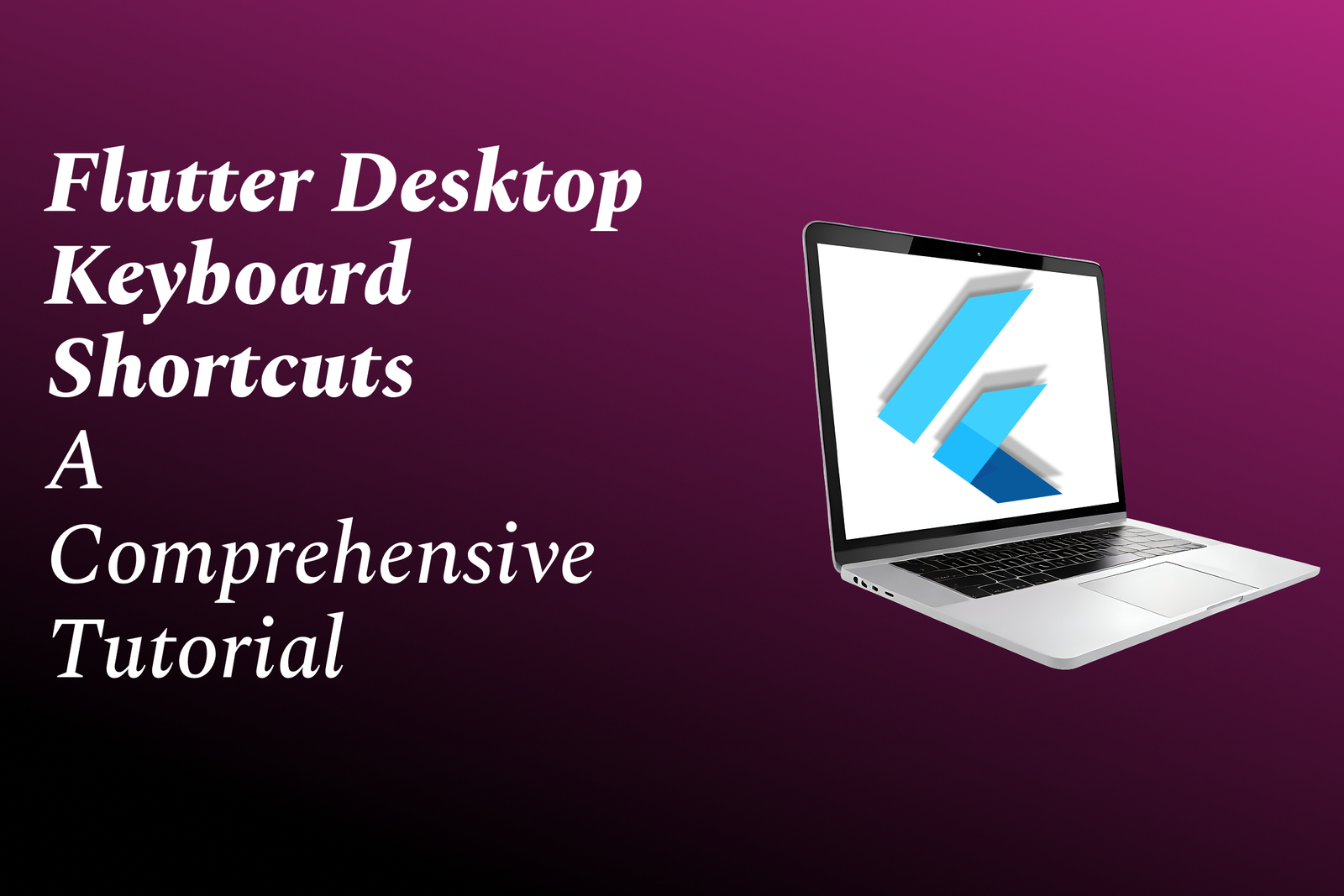Java CDN Integration
Enhancing Java Applications with CDN Integration
Java CDN Integration
Java CDN (Content Delivery Network) integration involves the use of distributed servers to efficiently deliver Java-based resources, such as libraries and frameworks, to users across the globe. By leveraging a CDN, Java applications can reduce latency, improve load times, and enhance the overall performance and availability of web applications. Typically, developers link their projects to a CDN-hosted version of popular libraries (e.g., jQuery, Bootstrap) directly in their HTML files, rather than serving these files from their own servers. This not only offloads bandwidth from the originating server but also allows browsers to cache these widely-used libraries, leading to faster loading times for returning users. CDNs also provide benefits like redundancy, scalability, and automatic updates to the latest library versions. Integration steps usually involve adding script or link tags pointing to the CDN's URLs in the application’s codebase.
To Download Our Brochure: https://www.justacademy.co/download-brochure-for-free
Message us for more information: +91 9987184296
1 - Introduction to CDN: Understand what a CDN is and how it enhances web performance by distributing content globally through a network of servers.
2) Benefits of Using a CDN with Java Applications: Learn about advantages such as improved loading speeds, reduced latency, and increased availability during high traffic.
3) Setting Up a CDN: Step by step guide on choosing a CDN provider (like Cloudflare, AWS CloudFront, etc.) and configuring an account.
4) Integrating CDN with Java Web Applications: Explore methods for linking your Java application to a CDN for static content (images, CSS, JavaScript).
5) Serving Static Assets: Understand the best practices for serving static assets from the CDN, optimizing load times for better user experience.
6) Cache Control Mechanisms: Learn about cache settings and policies to control how resources are cached at the CDN and on the client side.
7) Content Purging: Understand how to invalidate or purge cached content on the CDN when updates are made to resources in your Java application.
8) HTTPS and CDN Security: Discuss the importance of securing your CDN setup with HTTPS and certificate management.
9) Monitoring and Analytics: Introduce tools to monitor the performance and traffic served through your CDN, and how to analyze metrics to improve performance.
10) Integrating Java frameworks: Learn how to integrate CDN services into popular Java frameworks like Spring, JSF, or Java EE.
11) Handling Dynamic Content: Strategies for serving dynamic content in Java applications while utilizing a CDN effectively.
12) CDN and SEO: Understand how using a CDN can positively impact search engine optimization by improving site speed and availability.
13) Versioning and Asset Management: Explore techniques for versioning assets to ensure users get the latest files without issues caused by caching.
14) Cost Management: Discuss the costs associated with CDN services, including pricing models and how to optimize the use of CDN to manage costs effectively.
15) Best Practices and Common Pitfalls: Identify best practices for implementing CDN with Java as well as common mistakes to avoid to ensure optimal performance.
16) Future Trends: Discuss the future of CDNs in relation to Java applications and the rise of edge computing and serverless architectures.
This structured curriculum would provide a comprehensive understanding of Java CDN Integration suitable for a training program aimed at students.
Browse our course links : https://www.justacademy.co/all-courses
To Join our FREE DEMO Session: Click Here
Contact Us for more info:
BEST iOS & SWIFT THE COMPLETE iOS APP DEVELOPMENT BOOTCAMP COURSE
salesforce certification free
Top Software Testing Training Institutes In India
iOS Training in Alipurdurban Agglomerationr
SharedPreferences Usage




